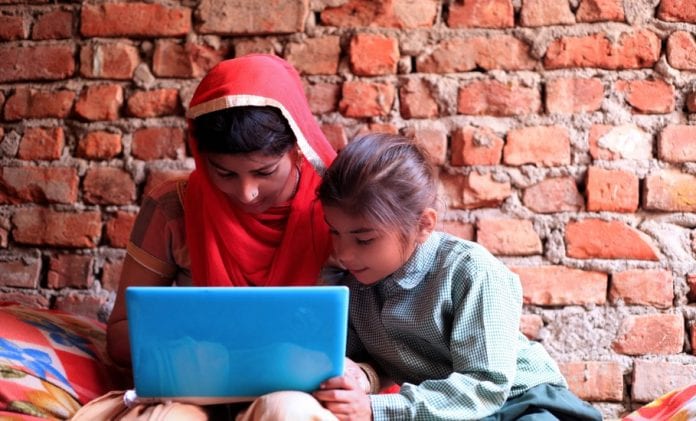The last few months have been trying for 8-year-old Aditya. There’s an invisible virus that’s making people sick all over the world and no one seems to know how to make it go away. Many people in his building are sick too, including one of his friends. He’s been bundled up at home for months with hardly any outing. He doesn’t know when school will reopen. He’s been restless and curious. Sometimes he also feels worried and frustrated.
Anyone who has survived this year with children might identify with this situation. It’s not been easy on them and parents and teachers everywhere are concerned. However, for some it’s also an opportunity to help children re-evaluate their lives and inculcate values that sometimes get lost in the fast-paced urban rigmarole.
Talking about the environment
Many teachers and parents find that the linkage between wildlife and the spread of zoonotic viruses like the coronavirus has spurred many discussions on the environment and the need to conserve it in classrooms and homes. Such discussions offer an invaluable means to instil environmental consciousness and sustainable habits in young India. Yet, this is easier said than done.
The household is at the centre of a child’s world. What a child observes at home shapes him/her in fundamental ways. In comfort-oriented, urban households, Nature has largely been a non-entity and many children have grown up ignorant of it. To trade old, unsustainable habits with new, sustainable ones is not easy for anyone. But without these changes, environmentalism would be reduced to empty talk. However, some of the compulsions imposed by the pandemic have made this not just easy but even necessary.
A blessing in disguise?

During the lockdown, factories shut down, traffic became negligible and soon there was a visible difference in the air quality. In many places, wild animals could be seen strutting on streets and suddenly people started noticing the twitter of birds outside their window. Wastefulness reduced in many homes because things were no longer as easily available as before. One mother revealed how these sudden changes had a profound impact on her son, especially after they were discussed in his online classes.
The pandemic brought the impact of environmental deterioration uncomfortably close to him, but the classroom discussion made him see how for centuries humans had made things difficult for the natural world. He promptly ‘informed’ his parents that it was actually a good thing that they weren’t using the car as much or buying too many things. She latched on to his words and together they drew up a list of eco-friendly habits they could practice at home. This included setting up a compost pit, monitoring the use of water and electricity and not wasting any food, among other things. Obvious as these sound, they were rarely practised in their home before. They also began to watch wildlife documentaries and read children’s books as well as news on the environment. It proved to be an education, even for her.
Most of all, she said that it dawned on her family just how much they could live without. No malls, no theatres, no eating out and yet, six months later, they were just fine. In fact, one of their first outings after the lockdown was lifted, was to a park. They ran barefoot on the grass, got dirty in the mud and picked up fallen leaves and flowers for a project her son had to do for school. It was an experience they had been missing for far too long and it brought them close to nature in an intimate, organic way.
Building for the future
Over the last few years, several reports have indicated how children are especially vulnerable to the dangers posed by environmental deterioration and climate change. Around the world, children are raising their voices against it. In 2018, Swedish teenager Greta Thunberg brought this youth-led environmental activism into the global limelight with her Fridays for Future movement.
While activism may not be to everyone’s liking, it does say something about the ambitions and urges driving this generation. If they’re motivated enough, they can spur change, and this perhaps, is the best bet yet, for the collective fate of this planet. After all, children are the inheritors of this earth and the guardians of our future.
In Julius Caesar, William Shakespeare wrote, “There is a tide in the affairs of men which, taken at the flood, leads on to fortune; Omitted, all the voyage of their life is bound in shallows and in miseries.” For some of us at least, the pandemic could serve as that veritable tide to sow the seeds of environmentalism firmly in our children and do our bit for securing a cleaner, greener future.










